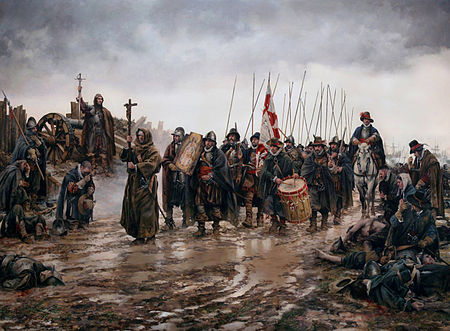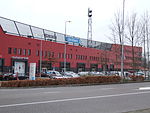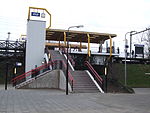Battle of Empel
1585 in the Dutch Republic16th-century military history of SpainBattles involving SpainBattles involving the Dutch RepublicBattles of the Eighty Years' War ... and 7 more
Conflicts in 1585Duchy of BrabantEighty Years' War (1566–1609)Events in 's-HertogenboschHistory of Catholicism in SpainUse American English from November 2022Use mdy dates from November 2022

The Miracle of Empel (Milagro de Empel in Spanish) was an unexpected Spanish victory on December 8, 1585, near Empel, in the Netherlands, as part of the Eighty Years' War, in which a surrounded Spanish force won against an enemy who exceeded them largely in number.
Excerpt from the Wikipedia article Battle of Empel (License: CC BY-SA 3.0, Authors, Images).Battle of Empel
Burgemeesters Godschalxstraat, 's-Hertogenbosch Empel
Geographical coordinates (GPS) Address Nearby Places Show on map
Geographical coordinates (GPS)
| Latitude | Longitude |
|---|---|
| N 51.731111111111 ° | E 5.3272222222222 ° |
Address
Burgemeesters Godschalxstraat 13
5236 AA 's-Hertogenbosch, Empel
North Brabant, Netherlands
Open on Google Maps










